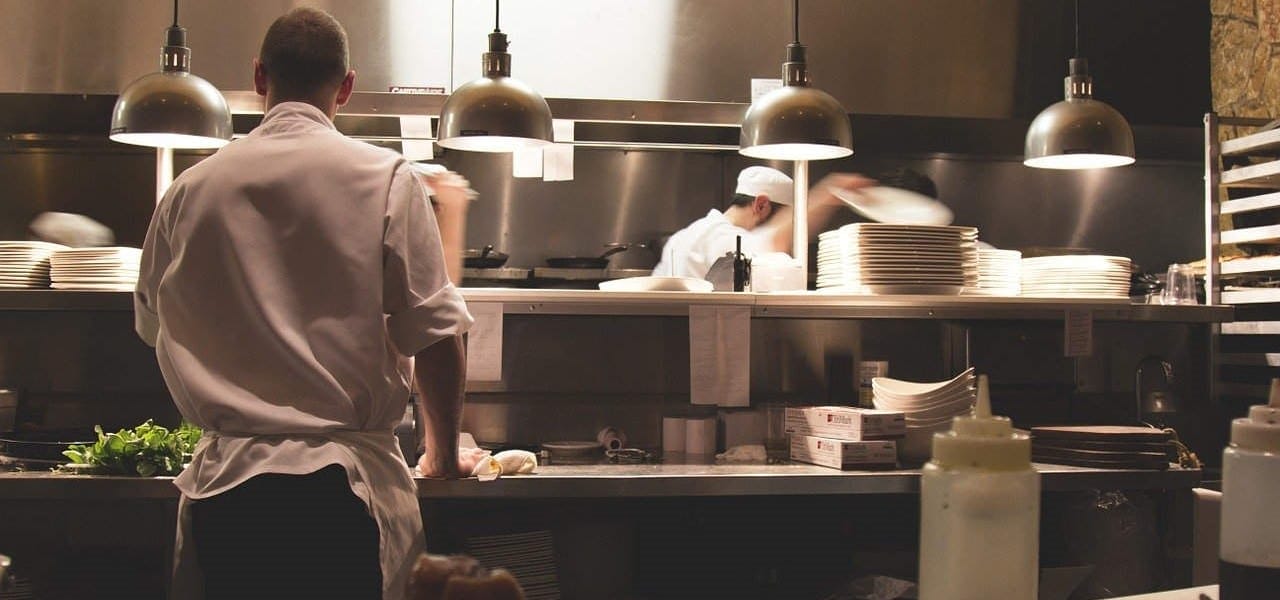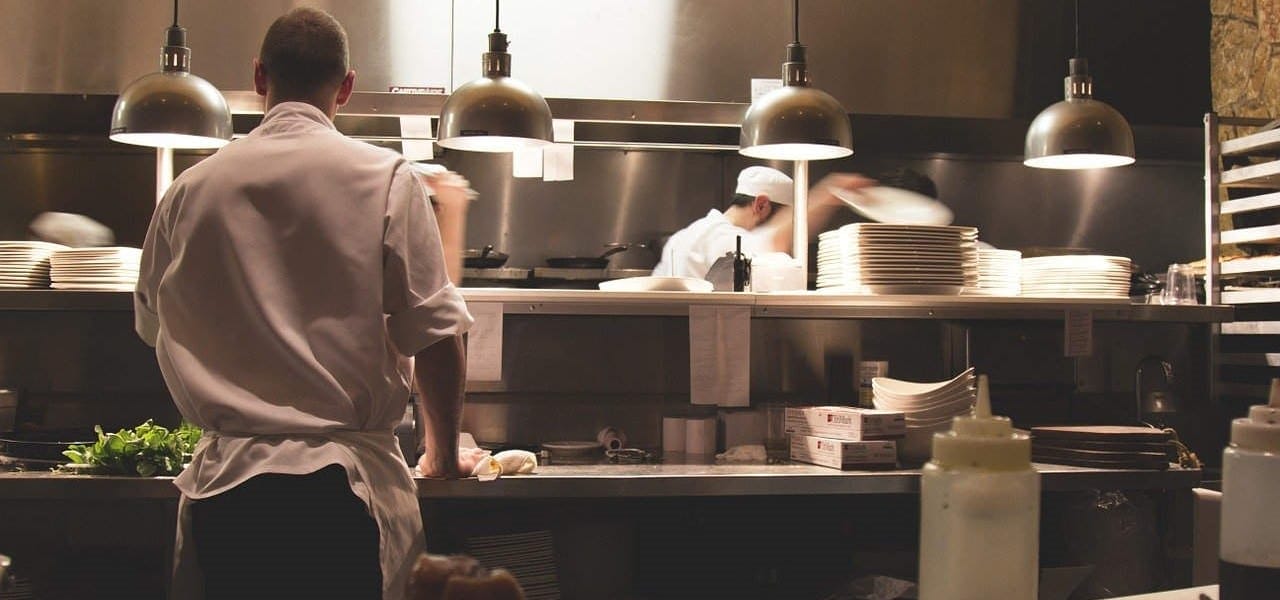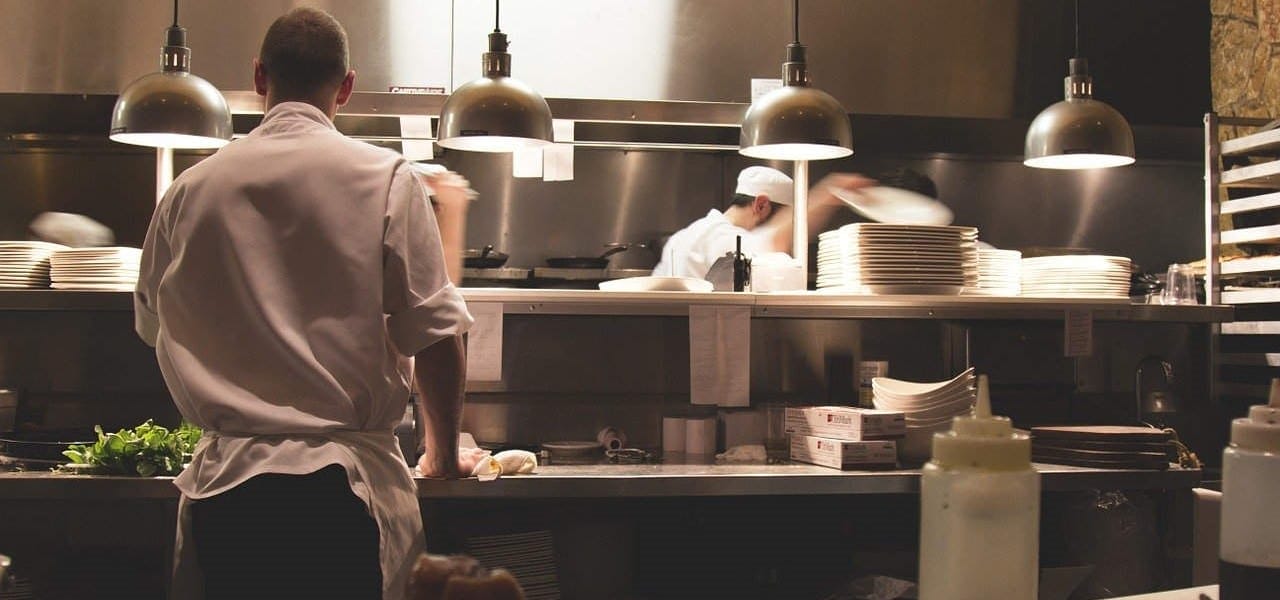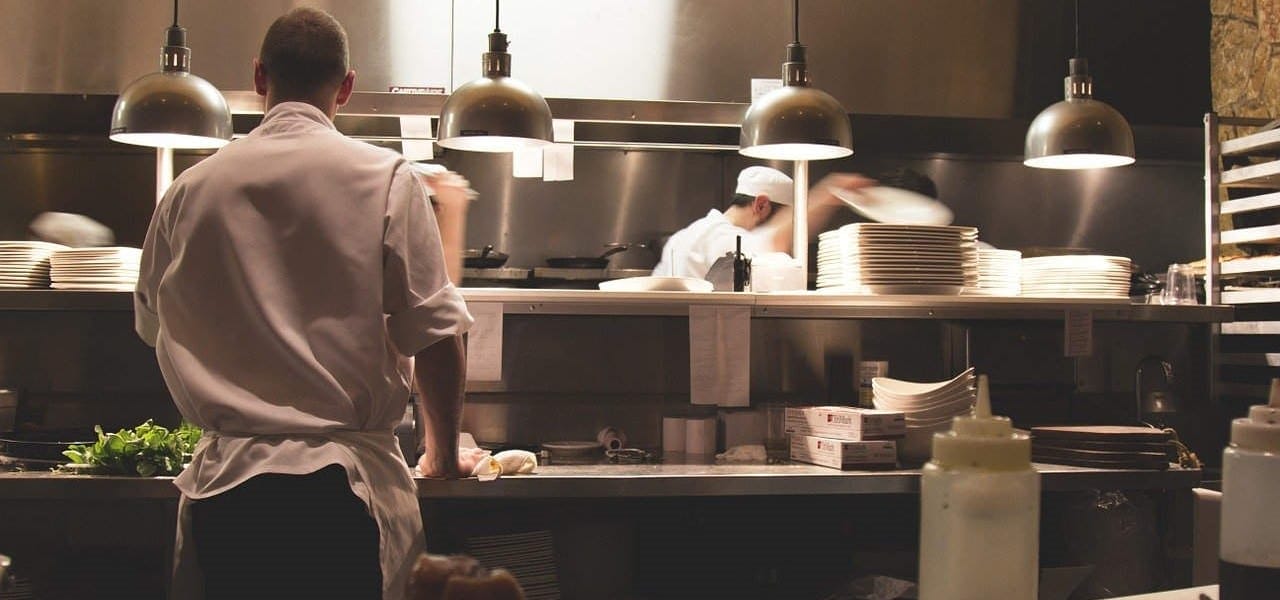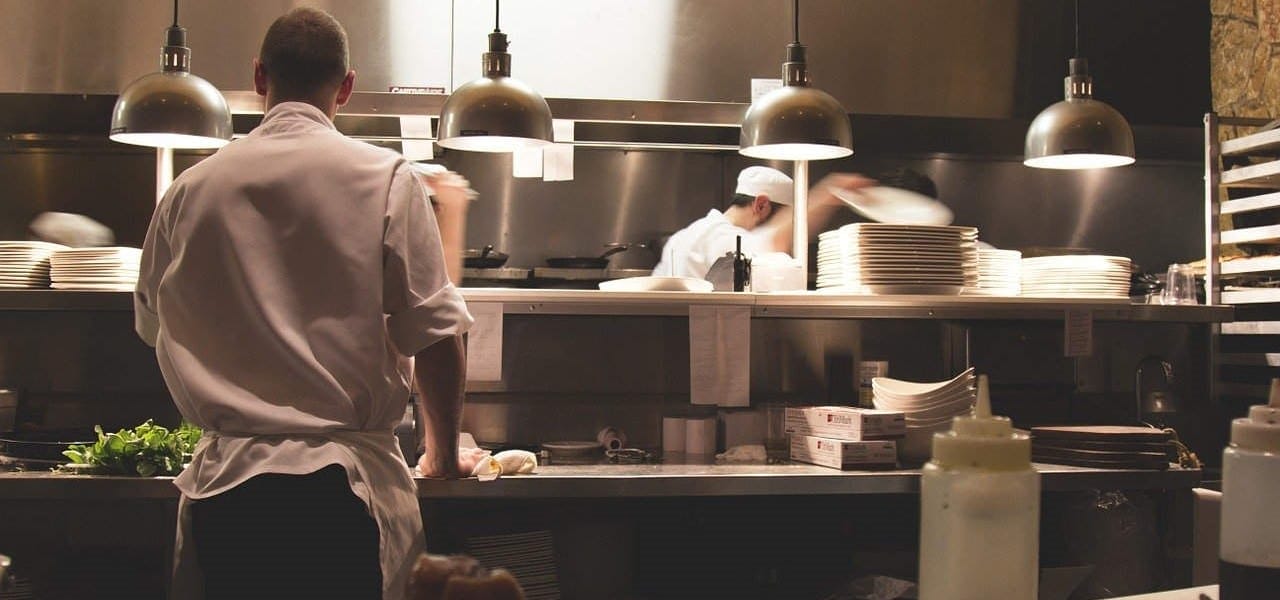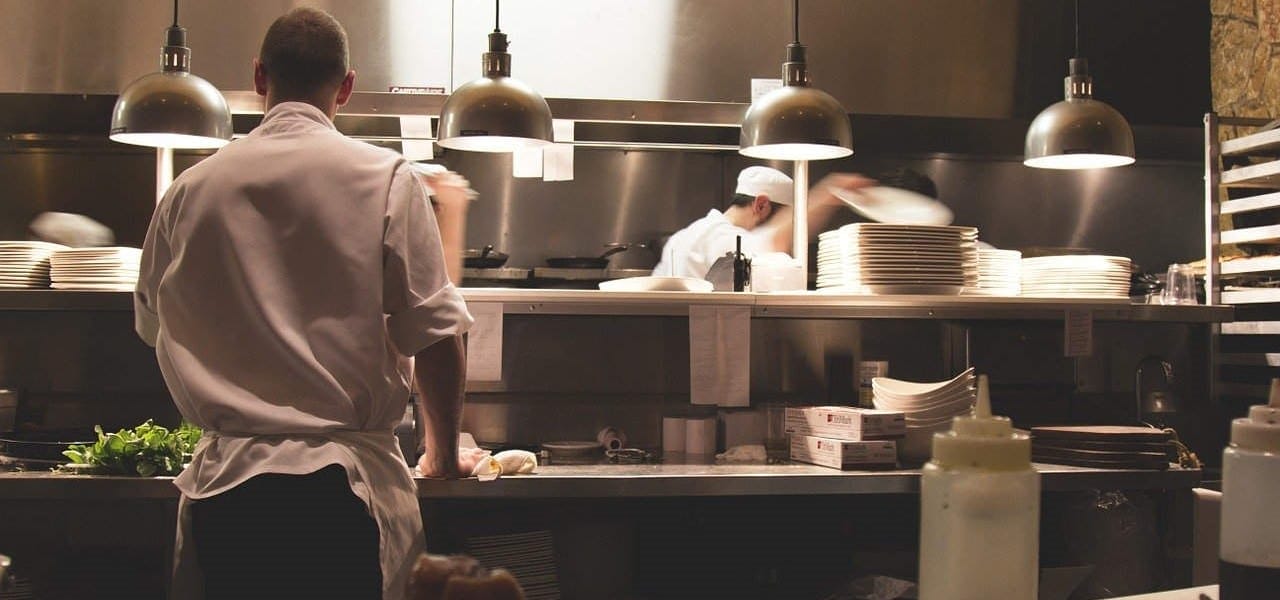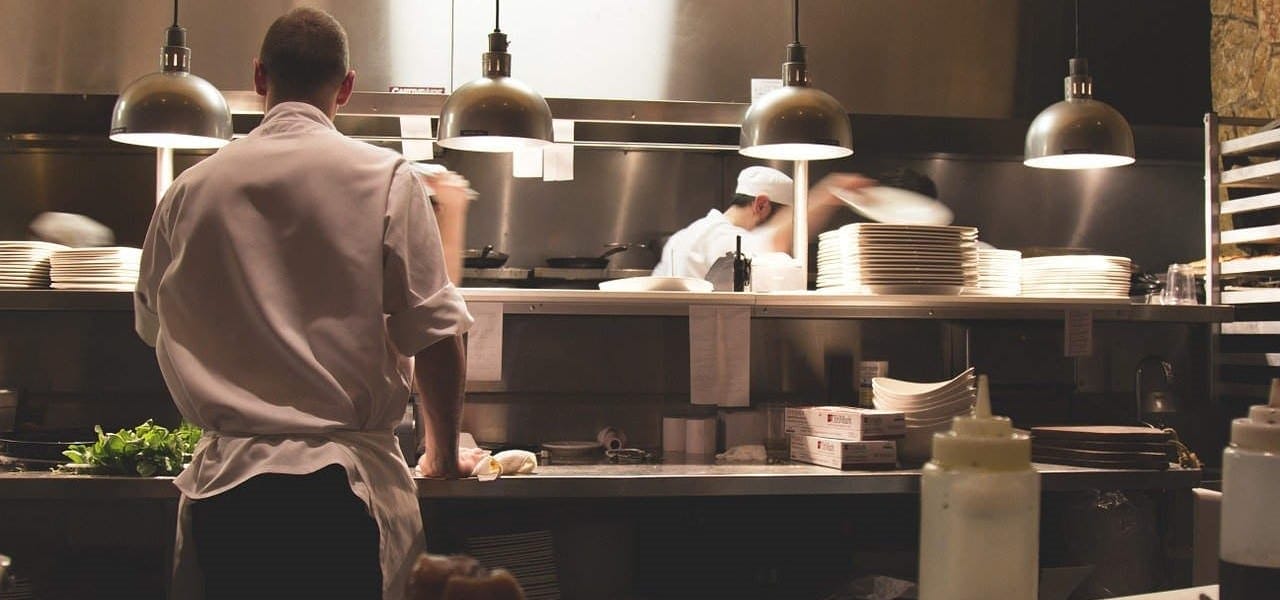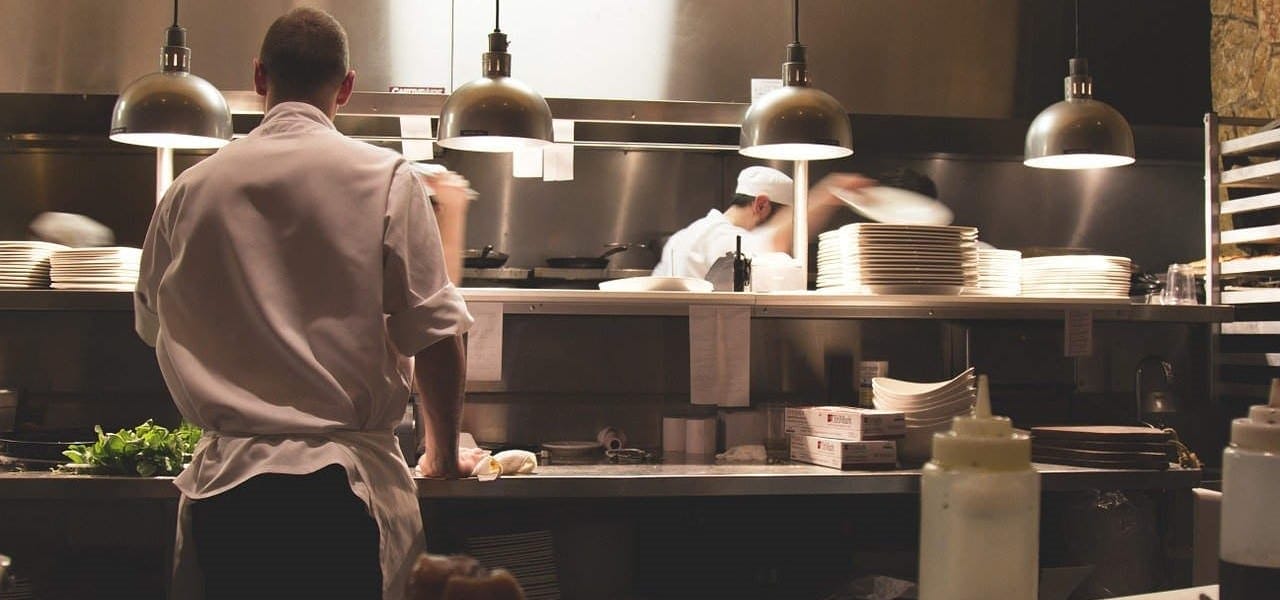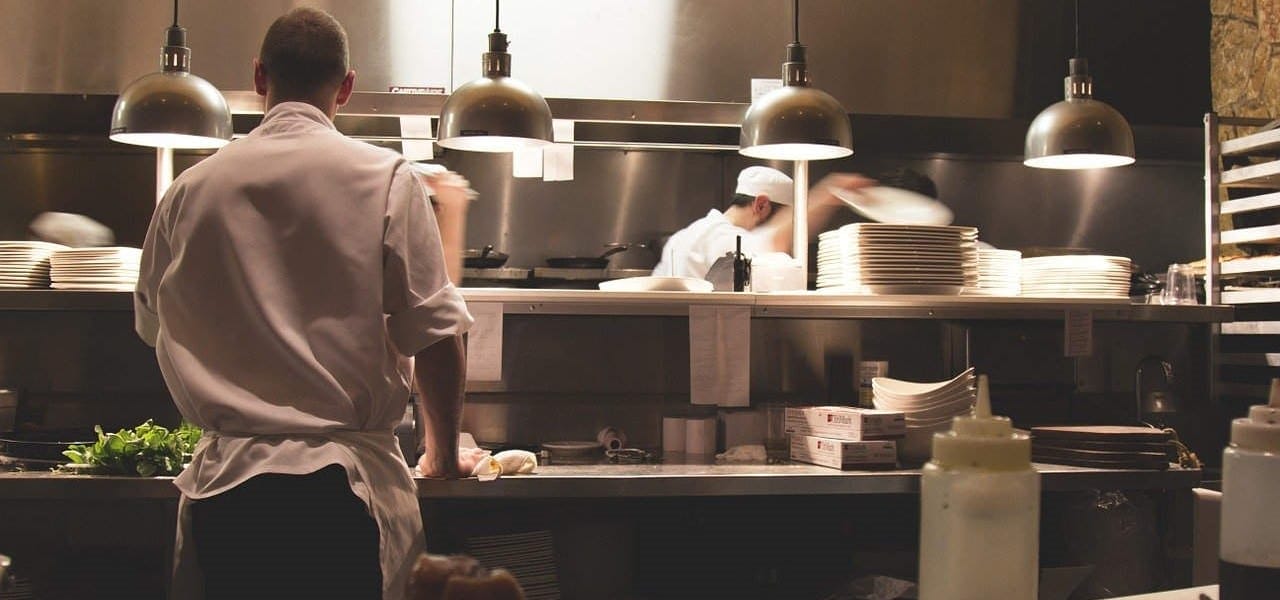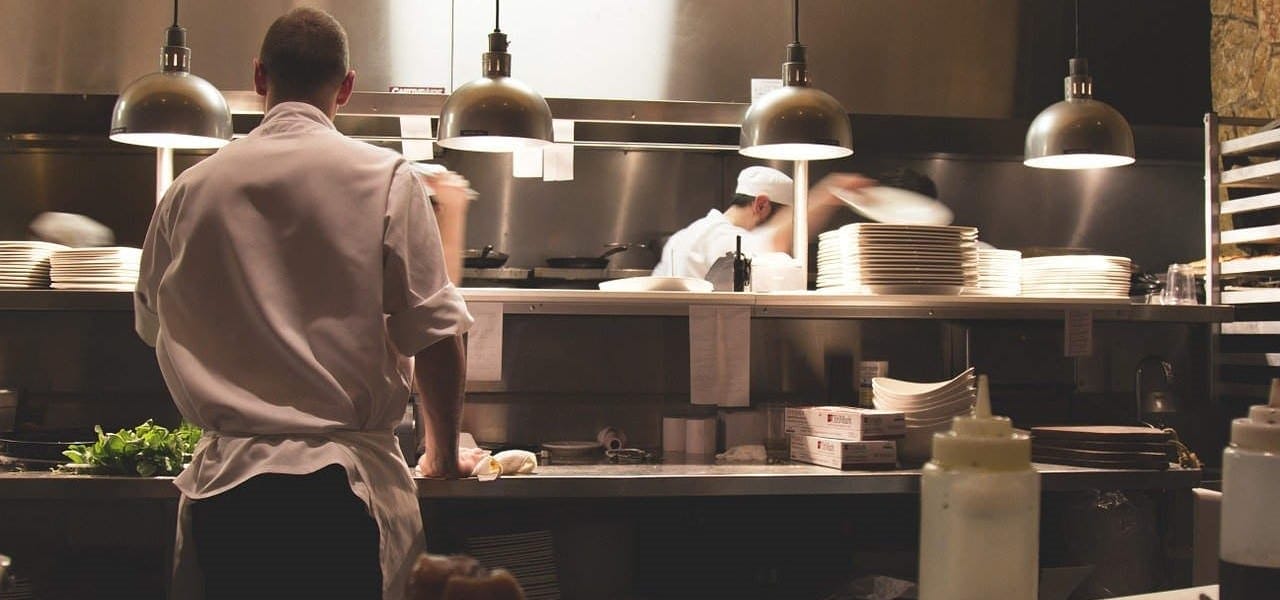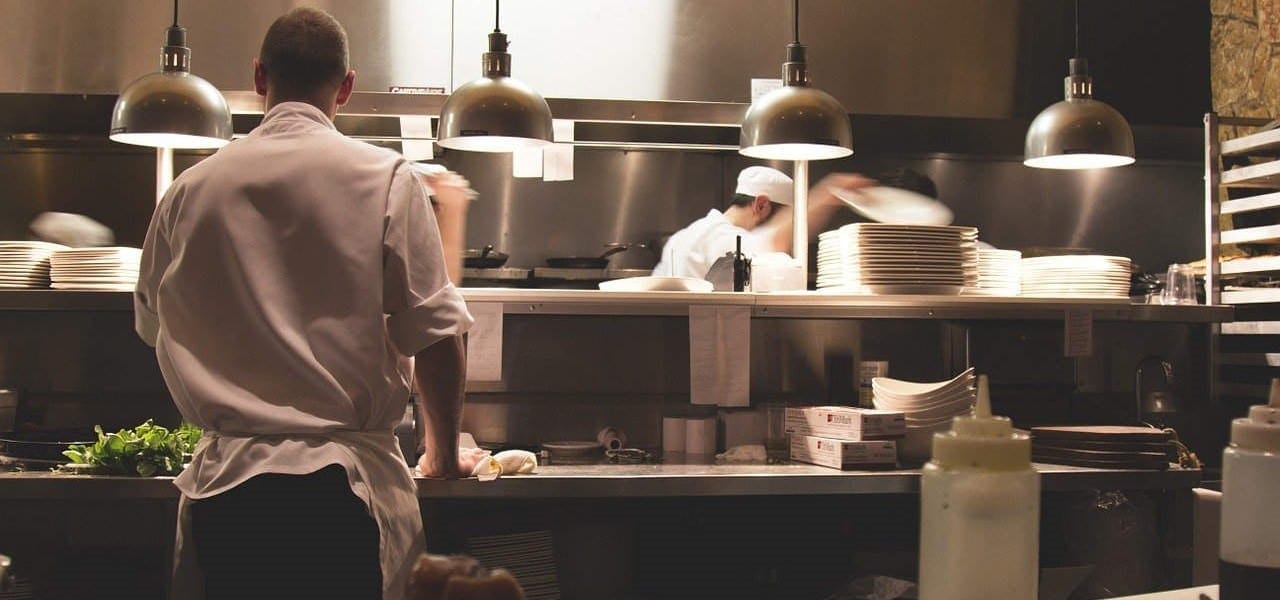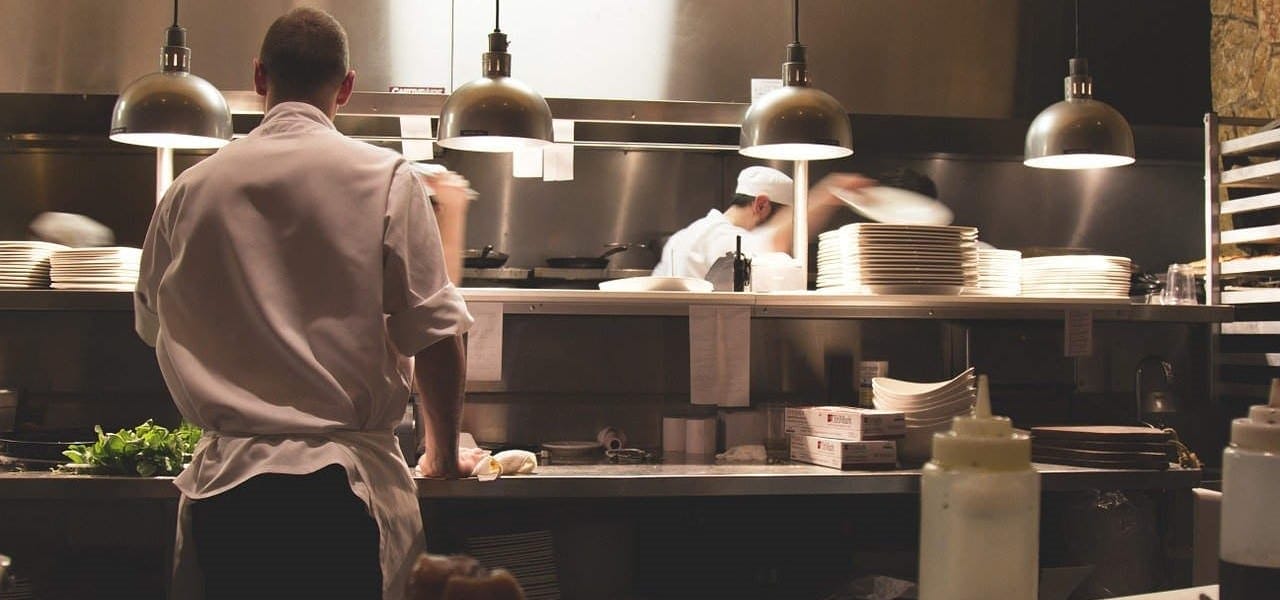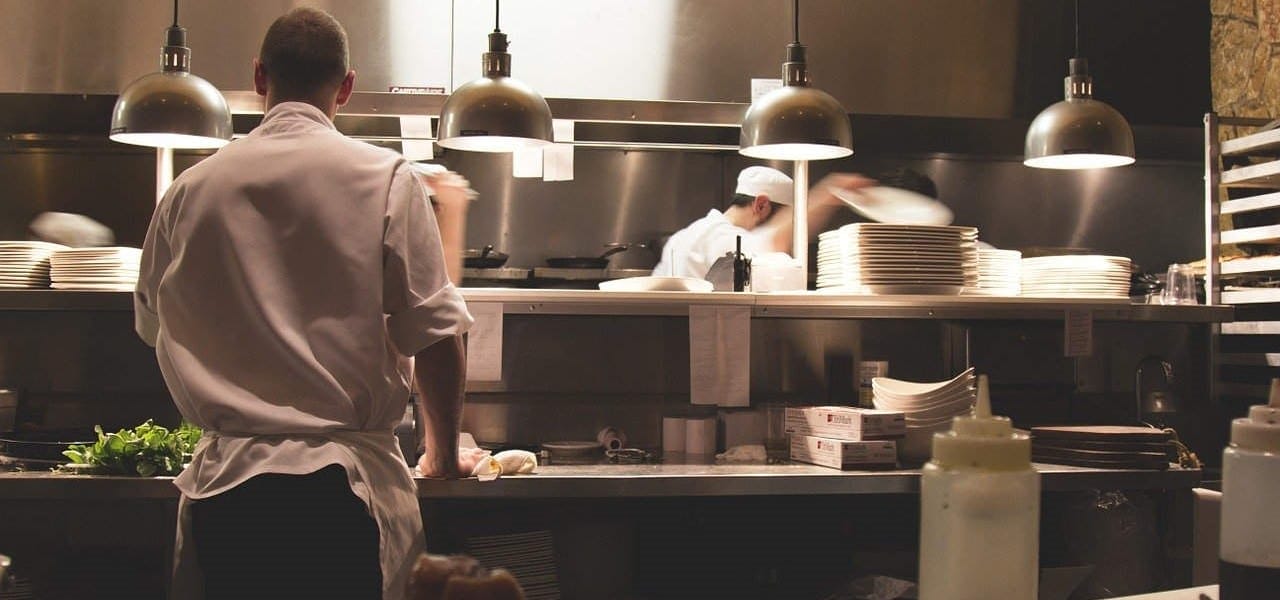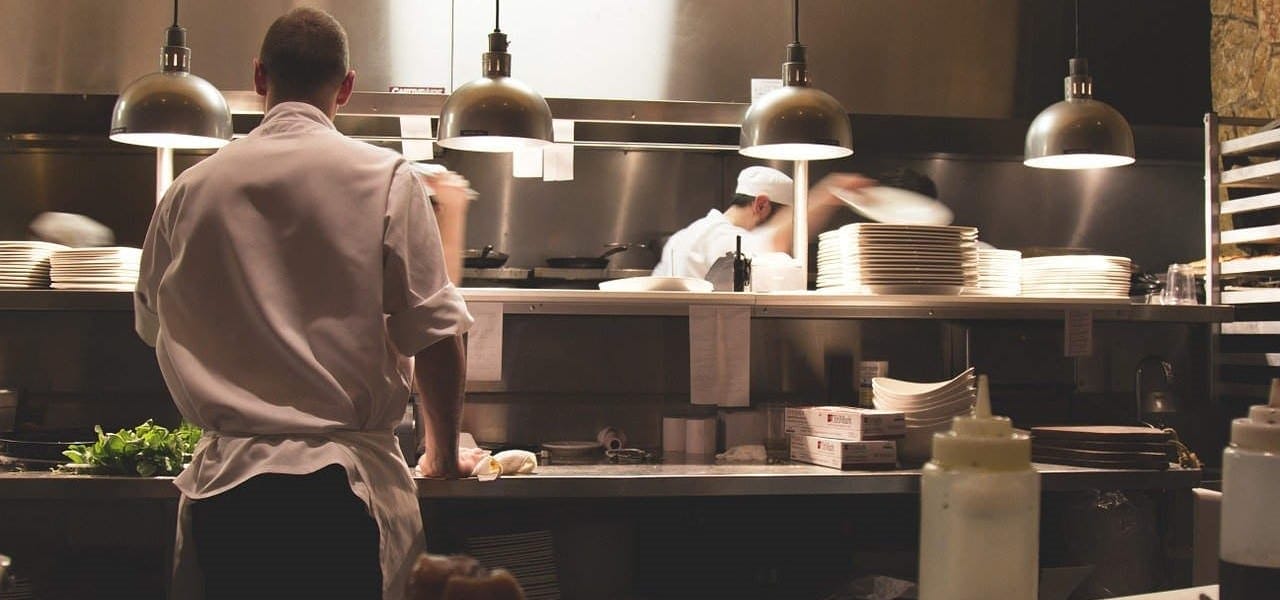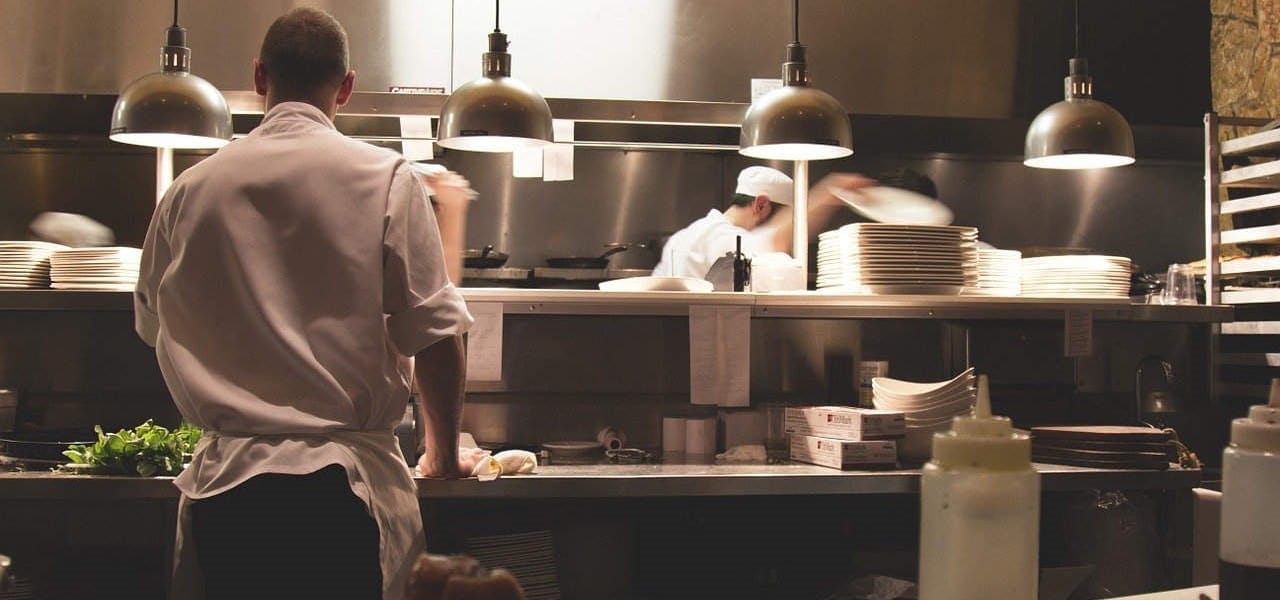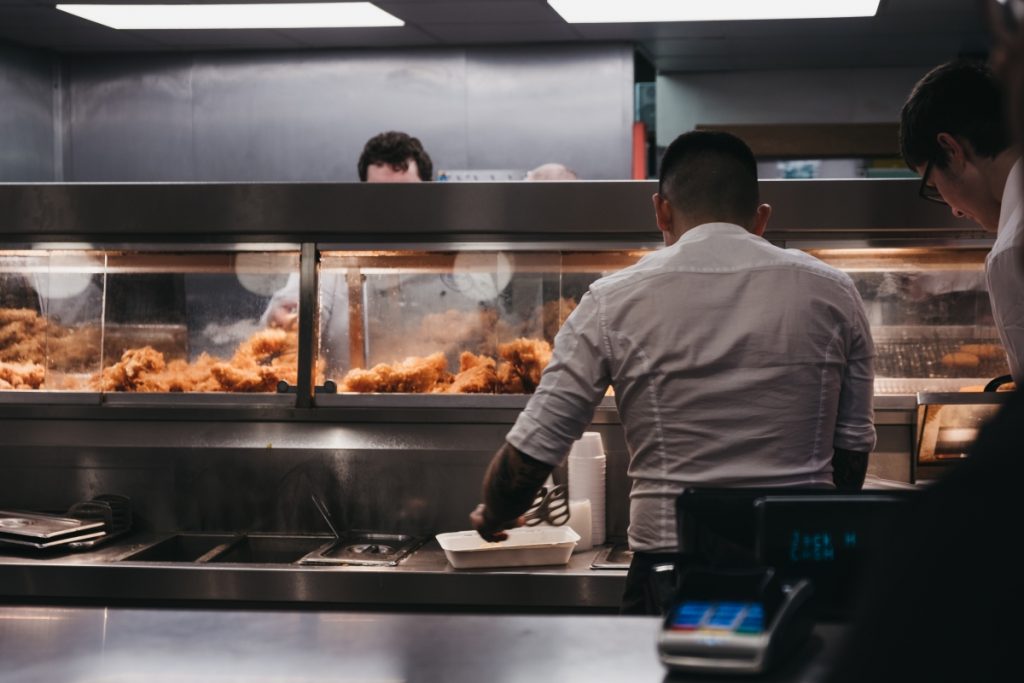Restaurant Employers Liability Insurance: Staff Safety in Commercial Kitchens
The restaurant industry is one of the most demanding and hazardous working environments in the UK. Commercial kitchens present unique risks that can result in serious injuries to staff members, making employers liability insurance not just a legal requirement but a critical business necessity. Understanding these risks and implementing proper safety measures, combined with comprehensive insurance coverage, is essential for protecting both your employees and your business.
Understanding Employers Liability Insurance in the Restaurant Industry
Employers liability insurance is a legal requirement for most UK businesses that employ staff, and restaurants are no exception. This insurance provides coverage when employees suffer injuries or illnesses as a direct result of their work environment or duties. In the restaurant industry, where staff work with sharp knives, hot surfaces, heavy equipment, and potentially hazardous chemicals, the importance of this coverage cannot be overstated.
The minimum legal requirement is £5 million of employers liability coverage, but many restaurant owners opt for higher limits given the potential severity of kitchen-related injuries. This insurance covers legal costs, compensation payments, and medical expenses when employees make successful claims against their employer for work-related injuries or illnesses.
Common Workplace Hazards in Commercial Kitchens
Burns and Scalds
Commercial kitchens operate at high temperatures, with multiple heat sources including grills, fryers, ovens, and stovetops. Burns from hot surfaces, oil splashes, and steam are among the most common injuries in restaurant environments. Deep fat fryers pose particular risks, with oil temperatures reaching 180°C or higher. Even experienced chefs can suffer severe burns from equipment malfunctions or momentary lapses in concentration.
Cuts and Lacerations
Sharp knives, food processors, slicers, and other cutting equipment are essential tools in commercial kitchens but present significant injury risks. Rushed preparation during busy periods increases the likelihood of accidents. Broken glass from plates, bottles, or equipment can also cause serious cuts, particularly in dimly lit areas or during cleaning operations.
Slips, Trips, and Falls
Commercial kitchens are prone to wet and greasy floors from cooking processes, cleaning activities, and spills. Staff carrying heavy loads or moving quickly during service periods are particularly vulnerable. Uneven surfaces, loose mats, and cluttered walkways compound these risks. Falls can result in serious injuries including fractures, head injuries, and back problems.
Manual Handling Injuries
Restaurant staff regularly lift heavy items including food deliveries, equipment, and waste containers. Poor lifting techniques, awkward positions, and repetitive movements can lead to back injuries, muscle strains, and joint problems. These injuries often develop gradually and can result in long-term disability claims.
Chemical Exposure
Commercial kitchens use various cleaning chemicals, sanitizers, and pest control products. Improper handling, inadequate ventilation, or mixing incompatible chemicals can cause respiratory problems, skin irritation, or chemical burns. Staff may also be exposed to carbon monoxide from faulty gas equipment.
Key Statistics
- The hospitality industry has one of the highest rates of workplace injuries in the UK
- Burns account for approximately 25% of all restaurant workplace injuries
- Slips and falls represent nearly 30% of hospitality industry accidents
- Manual handling injuries affect over 40% of restaurant workers during their careers
Legal Requirements and Compliance
Restaurant owners have extensive legal obligations under UK health and safety legislation. The Health and Safety at Work Act 1974 requires employers to ensure, as far as reasonably practicable, the health, safety, and welfare of employees. This includes providing safe working conditions, proper training, and appropriate safety equipment.
The Management of Health and Safety at Work Regulations 1999 require employers to conduct risk assessments, implement safety measures, and provide health and safety training. Specific regulations apply to restaurant operations, including the Control of Substances Hazardous to Health (COSHH) Regulations for chemical safety and the Manual Handling Operations Regulations for lifting and carrying activities.
Failure to comply with these regulations can result in prosecution, substantial fines, and increased insurance premiums. More importantly, non-compliance increases the risk of serious accidents and successful compensation claims from injured employees.
Risk Assessment and Prevention Strategies
Comprehensive Risk Assessment
Effective risk management begins with thorough risk assessments covering all aspects of restaurant operations. These assessments should identify potential hazards, evaluate the likelihood and severity of injuries, and determine appropriate control measures. Risk assessments must be regularly reviewed and updated, particularly when introducing new equipment, procedures, or menu items.
Equipment Safety and Maintenance
Regular maintenance and inspection of kitchen equipment is crucial for preventing accidents. Gas appliances should be serviced annually by qualified engineers, and electrical equipment should be tested according to manufacturer recommendations. Safety guards on food processors and slicers must be properly maintained and never bypassed for convenience.
Staff Training and Competency
Comprehensive training programs should cover safe working practices, proper use of equipment, and emergency procedures. New employees require thorough induction training before working independently, and refresher training should be provided regularly. Training records should be maintained to demonstrate compliance with legal requirements.
Personal Protective Equipment (PPE)
Appropriate PPE should be provided for all staff, including non-slip footwear, cut-resistant gloves for food preparation, and protective clothing for cleaning operations. PPE must be properly maintained, regularly replaced, and staff must be trained in its correct use.
Creating a Safety Culture
Developing a positive safety culture requires commitment from management and engagement from all staff members. This involves regular safety meetings, encouraging reporting of near-misses and hazards, and recognizing good safety practices. Staff should feel comfortable raising safety concerns without fear of reprisal.
Clear safety policies and procedures should be documented and easily accessible to all employees. These should cover emergency procedures, accident reporting, and specific safety requirements for different areas of the restaurant. Regular safety audits help identify areas for improvement and ensure continued compliance.
Insurance Coverage Considerations
Coverage Limits and Scope
While £5 million is the minimum legal requirement for employers liability insurance, restaurants should consider higher limits given the potential severity of kitchen injuries. Coverage should include legal costs, compensation payments, medical expenses, and rehabilitation costs. Some policies also cover the costs of temporary staff to replace injured employees.
Exclusions and Limitations
Restaurant owners should carefully review policy exclusions and limitations. Common exclusions may include injuries resulting from employee intoxication, deliberate acts, or failure to follow safety procedures. Some policies may have specific exclusions for certain types of equipment or activities.
Claims Management
Effective claims management is crucial for controlling insurance costs and protecting the business reputation. This includes prompt reporting of incidents, thorough investigation of accidents, and cooperation with insurance company representatives. Maintaining detailed records of safety training, equipment maintenance, and incident reports supports the defense of claims.
Cost-Benefit Analysis of Safety Investments
Investing in safety measures and comprehensive insurance coverage provides significant financial benefits beyond legal compliance. Reduced accident rates lead to lower insurance premiums, decreased staff turnover, and improved productivity. The cost of implementing safety measures is typically far less than the potential costs of serious accidents, including compensation payments, legal fees, and business disruption.
Restaurants with strong safety records often benefit from reduced insurance premiums through experience rating programs. Insurance companies recognize businesses that demonstrate commitment to safety through lower claims frequency and severity.
Technology and Innovation in Kitchen Safety
Modern technology offers new opportunities to improve kitchen safety. Automated equipment reduces manual handling risks, while smart sensors can detect gas leaks or equipment malfunctions. Non-slip flooring materials and improved ventilation systems help create safer working environments.
Digital training platforms enable consistent delivery of safety training, while mobile apps can facilitate incident reporting and safety inspections. These technologies help create more efficient and effective safety management systems.
Industry Best Practices
Leading restaurants implement comprehensive safety management systems that go beyond minimum legal requirements. These include regular safety audits, employee safety committees, and continuous improvement programs. Best practice organizations also invest in ergonomic equipment design and workplace wellness programs to prevent long-term health issues.
Collaboration with industry associations, safety consultants, and insurance providers helps restaurants stay current with best practices and regulatory changes. Sharing safety experiences with other operators can provide valuable insights and prevent similar accidents.
Emergency Response and Incident Management
Effective emergency response procedures are essential for minimizing injury severity and ensuring proper incident documentation. All staff should be trained in basic first aid, and qualified first aiders should be available during all operating hours. Emergency contact information and procedures should be clearly displayed throughout the kitchen.
Incident investigation procedures should be established to identify root causes and prevent recurrence. This includes interviewing witnesses, examining equipment, and reviewing safety procedures. Lessons learned from incidents should be shared with all staff to prevent similar accidents.
Regulatory Compliance and Inspections
Regular inspections by health and safety authorities, environmental health officers, and insurance surveyors help ensure continued compliance with regulations and policy requirements. Restaurant owners should maintain detailed records of safety activities, training, and equipment maintenance to demonstrate compliance during inspections.
Proactive engagement with regulatory authorities and insurance providers can help identify potential issues before they become serious problems. This collaborative approach often results in more favorable outcomes during formal inspections or claim investigations.
Future Trends and Considerations
The restaurant industry continues to evolve, with new cooking techniques, equipment, and service models creating different risk profiles. Ghost kitchens and delivery-focused operations present unique safety challenges that require adapted risk management approaches. Climate change and extreme weather events may also impact restaurant operations and safety requirements.
Regulatory requirements are likely to become more stringent, with increased focus on mental health and wellbeing alongside physical safety. Restaurant owners should stay informed about regulatory developments and industry trends to ensure continued compliance and effective risk management.
Conclusion
Restaurant employers liability insurance is a critical component of comprehensive risk management in the hospitality industry. However, insurance alone is insufficient – it must be combined with proactive safety measures, comprehensive training, and strong safety culture to effectively protect employees and businesses.
The investment in proper safety measures and comprehensive insurance coverage pays dividends through reduced accident rates, lower insurance costs, improved staff morale, and enhanced business reputation. Restaurant owners who prioritize employee safety create more sustainable and successful businesses while fulfilling their legal and moral obligations to their workforce.
By understanding the unique risks of commercial kitchen operations and implementing appropriate control measures, restaurant owners can create safer working environments that protect their most valuable asset – their employees. This proactive approach to safety management, supported by comprehensive employers liability insurance, provides the foundation for long-term business success in the competitive restaurant industry.
Get Expert Insurance Advice for Your Restaurant
Protect your restaurant business and employees with comprehensive insurance coverage tailored to the hospitality industry.
Contact Insure24 today:
📞 0330 127 2333
Insure24 is a trading style of SOS Technologies Limited, authorized and regulated by the Financial Conduct Authority (FCA Registration: 1008511)


 0330 127 2333
0330 127 2333
